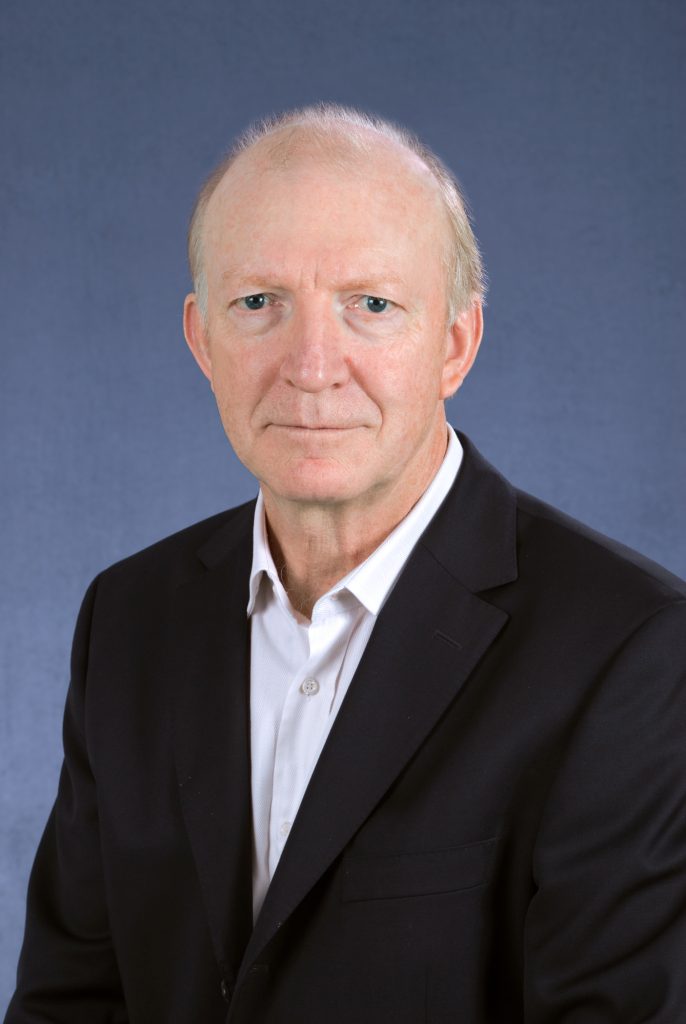ICCNS-SPRINGER Award 2017 Recipient
Professor Meenhard Herlyn

Dr. Meenhard Herlyn is Caspar Wistar Professor for Melanoma Research and Director of the Melanoma Research Center at The Wistar Institute in Philadelphia, as well as Founding President of the Society for Melanoma Research. Born and educated in Germany, Dr. Herlyn received his D.V.M. at the University of Veterinary Medicine, Hanover in 1970 and went on to receive a D.Sc. in medical microbiology at the University of Munich in 1976. That same year he came to The Wistar Institute as an associate scientist, where he worked in the emerging field of monoclonal antibodies, a technology that formed the basis of a portion of today’s new targeted therapeutics.
In 1981, Dr. Herlyn became an assistant professor and established a laboratory that is, today, one the largest and best-known research groups on the study of melanoma biology. Current major efforts include the ability to model the microenvironment of normal and diseased human tissue through 3-D artificial skin, providing his laboratory with a unique insight into cancer research. His laboratory also seeks to further define the various signaling pathways that work in cancer cells in order to discover new opportunities to inhibit cancer growth through targeted therapeutics. Since therapy is increasingly guided by the genetic aberrations in tumors, Dr. Herlyn and colleagues are developing combinations of compounds that take into account the genetic signature of tumors, with the specific goal of individualized cancer therapy.
Another major effort of his laboratory is the study of therapy resistance and tumor dormancy. Tumor cells can become dormant in primary tumors or at any time after metastatic dissemination and can persist in the dormant state for many years, allowing tumors to resist treatment. Dr. Herlyn’s working hypothesis is that defined tumor subpopulations are central to dormancy and drug resistance due to their slow turnover and their non-responsiveness to growth signals. His efforts seek to define how tumor cells escape dormancy for growth, invasion, and metastasis, and how to best develop strategies for therapy. Because of the significance of immunotherapy in treatment of melanoma patients, the laboratory has developed two models that closely mimic the conditions in humans with the ultimate goal of combining targeted and immune therapies.
Dr. Herlyn has over 500 peer-reviewed publications, over 85% of which are on melanoma. He has presented at dozens of national and international congresses and meetings, and has received accolades from prestigious organizations such as the Melanoma Research Foundation, American Skin Association, American Cancer Society, Society for Melanoma Research and more. He serves on numerous national and international editorial and scientific advisory boards.
On the occasion of the ICCNS-Springer Award, Dr. Herlyn will give a presentation entitled:
Understanding the biology of stem cells and melanocytes to develop new strategies for melanoma therapy
SYNOPSIS:We have developed a series of in vitro and in vivo models to elucidate the functions of genes associated with normal skin homeostasis and melanoma progression and metastasis formation. Using cDNA and RNA interference constructs and libraries in viral vectors, we have investigated the crosstalk of genes associated with cell-cell and cell-matrix interactions, intracellular signaling and transcriptional regulation. Three-dimensional skin with a ‘dermis’ containing fibroblasts and neural crest-like stem cells and ‘epidermis’ of keratinocytes and melanocytes mimic the skin environment, which we begin to populate also with inflammatory and immune cells. The 3-D models allow us to investigate mechanisms of transformation for melanocytes and stem cells, which are obtained from patients with high susceptibility for melanoma.
Work on tumor subpopulations lead to the development of a dynamic model of tumor maintenance, in which cells remained quiescence for prolonged periods of time until signals from the microenvironment activate them for proliferation. Invasion may occur even during dormancy, a cellular state of high resistance to any conventional therapy. The laboratory has been active in the development of targeted therapies in melanoma using small molecule inhibitors specific for kinases in key signaling pathways for proliferation and survival and of target genes that play critical roles in melanocyte development and tumor invasion and metastasis. We are developing groups of melanomas amendable to therapy with combinations of three or more drugs to also kill those cells that survive even double agent therapies.
Major emphasis is on intrinsic (innate) and acquired resistance in melanoma, in which cells escape primary therapy but can be successfully eliminated with inhibitors that are specifically targeting subpopulations of cells. Signaling inhibitors are also combined with immunotherapeutics using for the in vivo studies mice humanized with CD34+ hematopoietic stem cells from cord blood or induced pluripotent (iPS) cells and HLA-matched or autologous patient-derived xenografts (PDX), respectively. Thus, our work spans basic biological to translational investigations with defined clinical outcome. Strong emphasis is placed on multi-disciplinary collaborations with intra- and inter-institutional research groups.